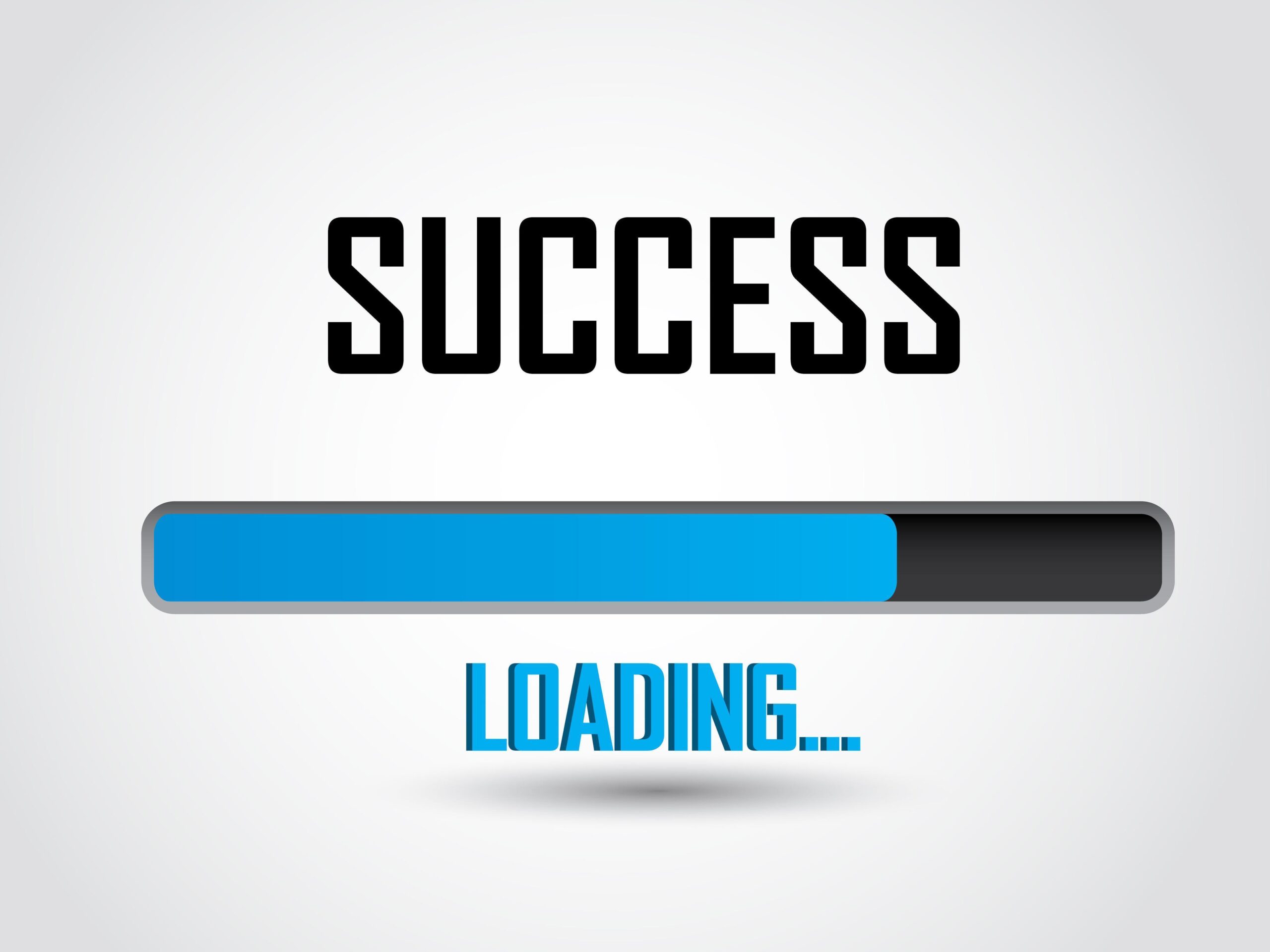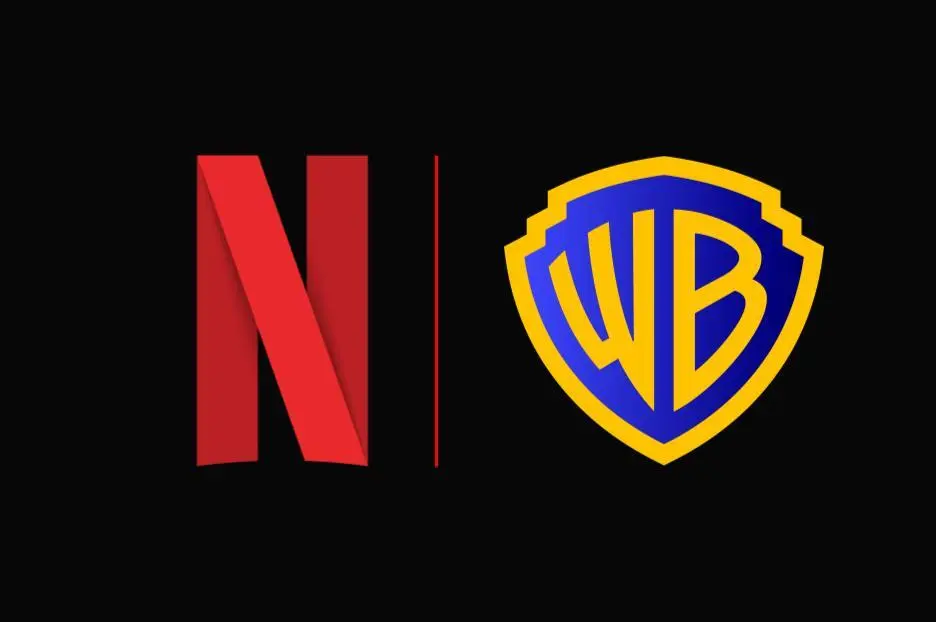13 Principles For Success

May 15 | 2017

Written in 1937, during the height of the Great Depression, Napoleon Hill’s “Think & Grow Rich” is the venerable book on success. The ultimate book on income, the principles herein are timeless and can be used to accomplish, attract, do, or be, whatever it is the mind can imagine.
Put up to the challenge by business magnate and mentor Dale Carnegie, Hill would dedicate close to a quarter century to interviewing the most successful men and women – many of whom came from humble beginnings. The book stands today at over 100 million sold, and its success is an attestant to the solidness of the principles it preaches. So here are those 13 powerful nuggets, set so you can scroll and easily access and digest.
Desire
A burning hot desire is the starting point. It’s the spark that feeds the flames of success. Once you’ve found that thing that you can stop thinking about, that impels you to action, you know your on the right track. A strong enough desire helps you weather the inevitable storms and keep your eye on the prize. Desire is what breeds champions.
Faith
Once your desire solidified, the next ingredient in your success pie is faith. Faith – belief in that which is unseen – is clutch to creating the energetic force fields that will align the universe in your favor. Before your desire manifests you have to believe in it and be grateful for it as if it has. That is Faith.
Autosuggestion
Helpful for maintaining the faith and keeping the desire during, is the principle of Autosuggestion. Science has discovered that the mind works in some ways like a computer disc. The information you program on to that disc is how your mind then works and operates. Autosuggestion is the notion that you can reprogram this brain disc based on the daily information and habits you intake and partake in. Things like mantras and/or affirmations or positive reinforcements are methodologies of autosuggestion designed to motivate and uplift the mind. So leave so inspiring quotes around the house and on your phone, look in the mirror and tell yourself “I’m intelligent, successful, a sexy beast, and today I shall conquer!” Or something like that. Studies show that daily positive affirmation in one form or another does help to maintain and elevate success levels.
Specialized knowledge
This part takes time, money, and dedication. Whatever it is that you choose to do, you’re going to have to know it well if you’re going to do it a high level. It takes time and dedication, and cash to do all the things necessary to obtain mastery. And even if you wish to circumnavigate the learning curve and really on the specialized knowledge of others, it’s gonna cost you, and you’ll also have to be on their time. Sometimes your projects, your missions will require a mix of both. Respect the technique.
Imagination
The Great Boundless Warehouse of the Mind. The imagination is where all the magic happens. And you can use it in two different ways. Your synthetic imagination takes all that you know, all that that you’ve experienced, your entire knowledge base and uses it to serve up excellent cocktails in the form of innovation and problem solution. However it has it’s limits – its based on a limited reality. Behind door # 2 is the creative imagination. Great art, human flight, beautiful music, breathtaking architecture – all products of the creative imagination. The creative imagination is the conduit between the infinite, unlimited source of knowledge and our own.
Organized Planning
Even with the most glorious ideas formed and all the faith and knowledge behind it, nothing of substance materializes in this world without Organized Planning. Diamonds are a result of a specific organization of carbon atoms. A different combination of the same atoms results in coal. It works
Decision
No great leader ever moved forward without the ability to make quick and decisive decisions and then to stand by those decisions. The only way to practice this is in the field, but getting into the habit of doing this with things as little as what to wear or what to eat, help build the muscle memory for when it comes time for those major decisions.
Persistence
Whether Hollywood or Wall Street, the mistress that is success won’t be tamed and reigned in as yours without a fight. It’s as if its almost to test to separate those who really want it from those who will give up at the first few obstacles. Chopping a tree down takes time and you gotta take out bits and chunks as you make your way to yelling “Timber!” This is where persistence and consistence comes in – you’ve got to deliver the goods on a regular basis until thats what you’re branded as. That’s when success starts rolling in.
Mastermind
Up to this point theres much personal achievement to be obtained on your own. But to really move mountains, change the world, and swing your fortunes, you will need a crew of like minds on the same mission. “Again I say to you, if two of you agree on earth about anything they ask, it will be done for them by my Father in heaven. For where two or three are gathered in my name, there am I among them.” Even the Bible references this principle. When two or more minds gather in unison, they form a mind greater than the sum of its parts. This synergy has propelled businesses, nations, small bands of rebels, artistic movements and much more, since antiquity.
Sex Transmutation
Transmutation of any kind for that matter is extremely useful – changing energy into positive force to propel and motivate your success course. Sex energy is known to be the highest form of human energy manifest – it is literally the energy that creates life. Often times – particularly in a society with a firm belief that “sex sells” – this energy is wasted is licentiousness. However cultures ranging from yogis to Mayans have practices where the sex energy is redirected and transmuted to supply fuel behind thoughts of success and growth. It is a said to be a beast that few master until after age 40.
The Subconscious
Our autopilot system. The subconscious is that part of us that is the programmable computer disc. The subconscious faithfully carries out tasks that we don’t even bother to think about – breathing, the heart’s beating, the muscle memory we use driving and walking home. It’s still an uncharted real of human understanding, but what we do know is that what you tell your subconscious to do – it will. So tell it to do nice things and to believe that you’re already a success – because you are!
The Brain
The sending and receiving station. Like a radio or ethernet cord. Frequencies from around can felt down to the nervous system and frequencies produced from within can be experienced by others. As much as we know about outer space and the planets in our solar system, we still know astonishingly little about our own brains.
The Six Sense
This baby doesn’t come until you earn it, but its probably a sweeter prize than the infinite money and acclaim that it can bring you. When you connect with the inner voice inside and can hear it clearly, you will be warned of dangers with time to avoid them before they occur, and made aware of opportunities at the ripest time to pluck them. With the six sense you will always have peace of mind, a feeling of gratitude and luck, and a sense that you’re in control of your fate, and not a victim of it.










